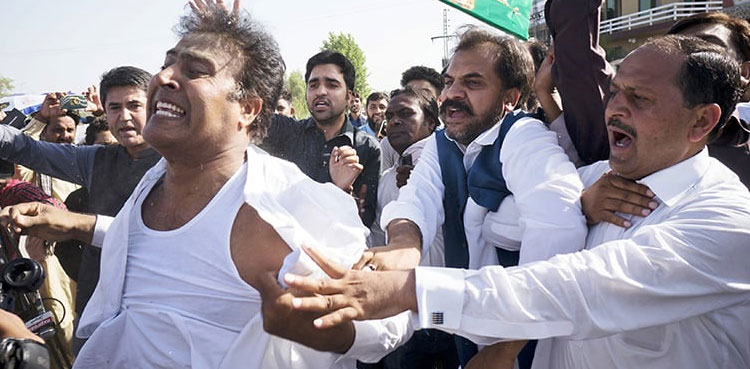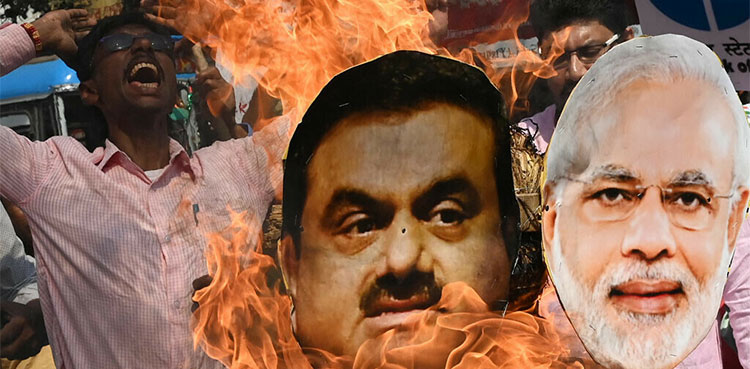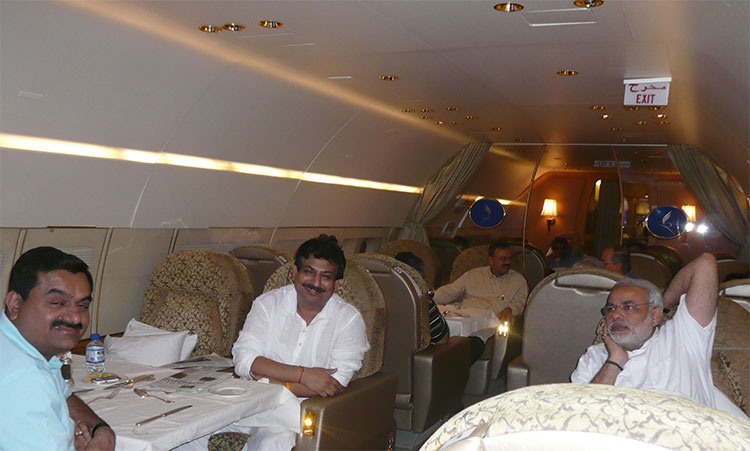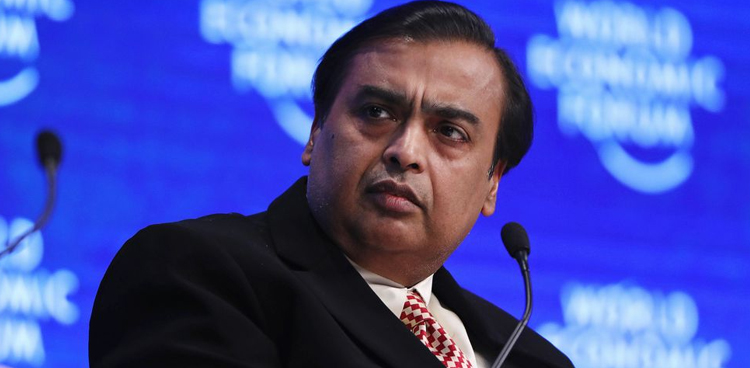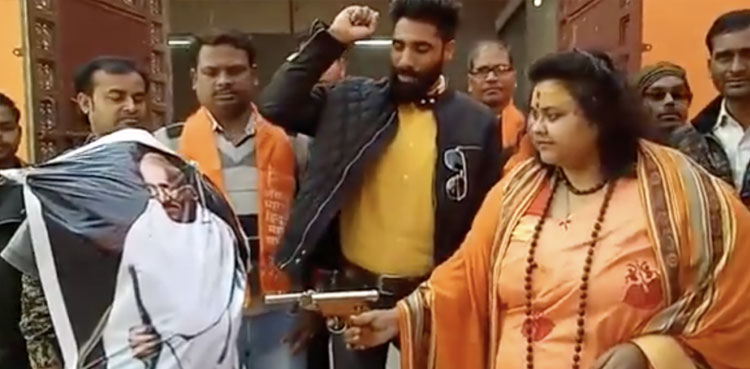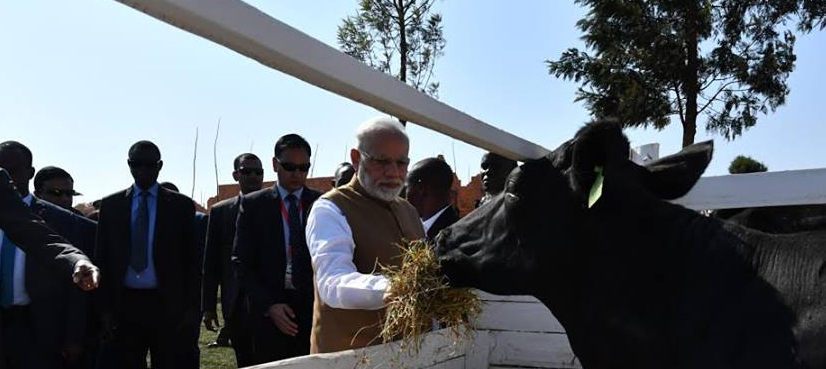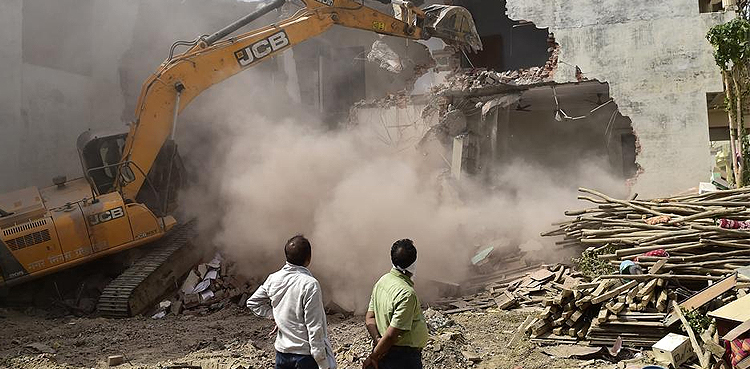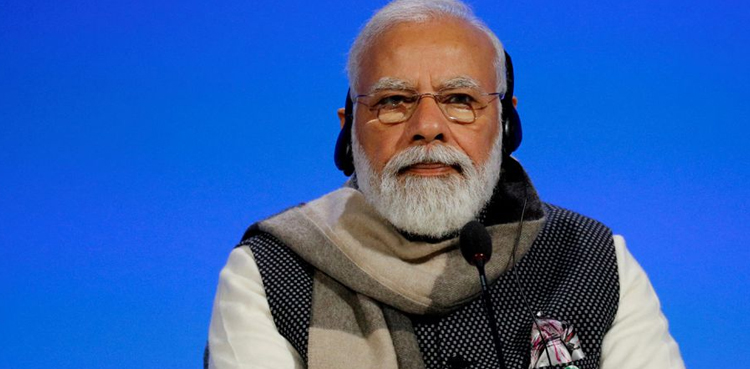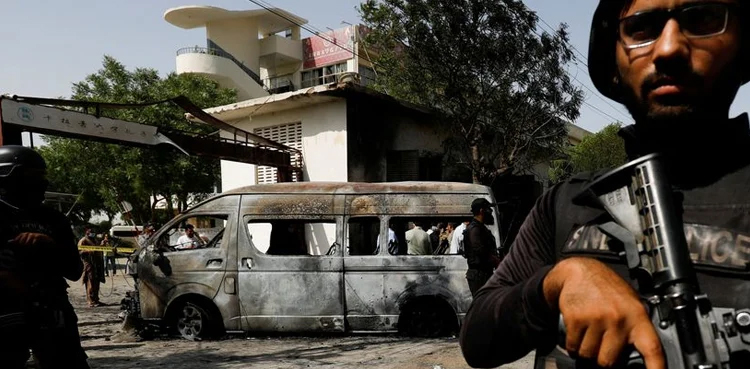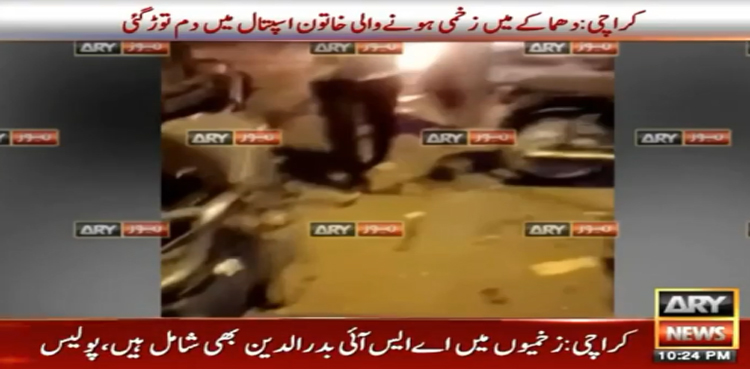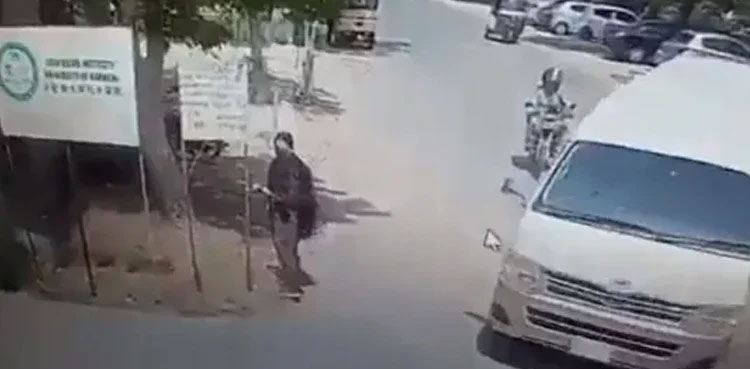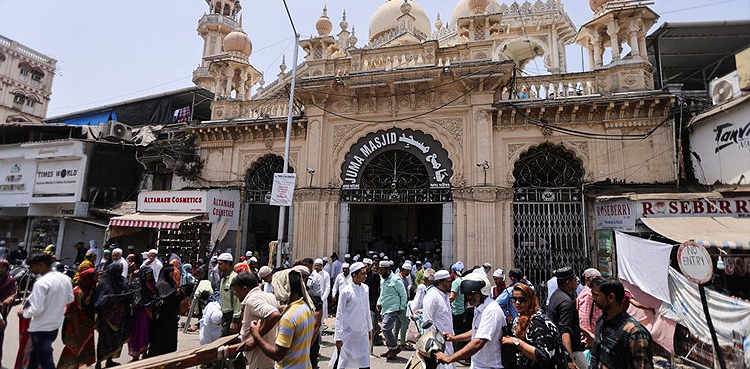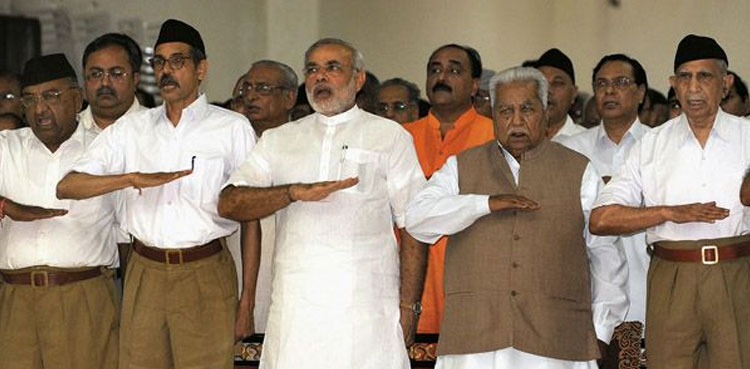Pakistan is going through a difficult phase of its existence, and apart from verbiage spewed by multiple socio-political elements that actually incite violence, the degree of violent behaviour in the country has simply become untenable.
People of Pakistan are subjected to the incidents of violence taking place day in and day out sometimes for no cogent cause.
This situation has caused a deep worry within circles that are responsible for larger public safety and has also conveyed a highly negative impression of the country to the outside world.
The reasons for continuation of violence in Pakistani society could be multiple yet the impact of each and every violent act is frightening depressing the societal activity. People not only feel unsafe in wake of indiscriminate and widespread violence but they have now come to develop a fear for their lives that is an exceedingly problematic aspect of the existence of any society.
Violence is as old as human existence and generations of human beings have endured the destructive wrath of this curious phenomenon. Though human race has been subjected to elemental forces of destruction but it was something that involved forces of nature it has hardly any control over but it comes a poor second to the complex forms of human cohesion that unleashed violence on a scale much larger in contrast.
In the process of human evolution and existence violence has remained omnipresent and is witnessed to come in multiple forms and is inflicted upon individuals, communities, cultures and physical environments.
Violence is extremely potent tool seen to be taking place in individual, institutional and social practices in contemporary society. It is usually observed that violence is perpetrated in various forms with some of them being overt and some rather less obvious but quite palpable.
Keeping in view the vagaries of human nature social scientists have acknowledged that reasonable application of force behind violence may become a requirement but it should be based on its consensual and institutional validity and acceptance. This is usually the justification for the allowance accorded to nation-states for employing coercive force to keep matters steady but with the proviso that such use of violence should never exceed its required intensity.
In this context, the issue that confronts polities is the exact definition and scale of violence and these two factors cannot be measured by any scale.
Moreover, the use of violence as the coercive weapon of a state can become excessive as the personnel that apply it have, as human beings, the potential to get excited or enraged by the pressure they are subjected to while in action.
It may be pointed out that though the use of force in any culture is dependent upon subjectivities emerging out of a variety of social, political, ideological and religious influences but its measure and yardstick remains a matter of contention.
In this context it is usually observed that even allowing for what constitutes generally acceptable behaviour in a particular situation inevitably leads to other, less overt forms of violence, which almost invariably tend to be constituted by some form of interference with the autonomy of individuals and communities.
This is tricky fallout and cannot be reasonably explained as all members of a community subjected to such application of force may not be part of the activity that has brought on such violence on them.
One worrying aspect is the tendency to condone violence perpetrated against individuals, communities and the environment on part of the elements that hold reins of power along with their allied power structures, either implicitly or explicitly.
In this context, many quarters insist that violence perpetrated under any pretext— interpersonal, ethnic, racial, regional or national demands investigation from the perspectives of different elements with a view to counter the long-held views of the forces that consider it as a necessary means for wider public safety. It is essential to take into consideration the potential harmfulness of violence in all of its embodiments and shapes, both explicit and implicit that is required to comprehend multiple formations and patterns of violence that may provide a base to take steps for its control.
In case of Pakistan it must be kept in view that the most recurrent form of violence here is political in nature. It is often pointed out that political violence is used as a tool by its perpetrators to gain space and occupy maximum political ground. In this kind of violence, the ways and the means of violence can be changed according to national and international political conditions.
This changing scenario has been amply demonstrated in the recent cases of violence unleashed in the country. Its asymmetrical nature has added to its lethal results and it has become quite difficult for rationalists to devise a suitable method for its control.
While deliberating violence it is essential to understand that its context and meanings are both subjective and identical. While the perpetrators of violence may justify their violent actions as some shape and kind of political struggle but to the elements that are subjected to it such actions become terrorism that is required to be countered by whatever means necessary. In Pakistan it is imperative to comprehend the dynamics, logic and rationality of political violence for controlling its extent and reach. The tendency is to define political violence as a collective attack against a regime or operatives of a regime.
It is often forgotten that multiple factors such as social, political and economic change leads to rising expectations and in case of these expectations not getting fulfilled a reaction ensues that takes the shape of political violence.
It is often observed that political violence is undertaken not as the first or the foremost means by which to achieve the objectives of a group simply because it keeps its eyes of political solution through parleys. This process has been witnessed in Pakistan in case of many occurrences of political violence. It should be remembered that political terrorism is a derivation of political violence; it is political violence used in an effort to compromise others’ bids for political power.
However, unlike political violence, acts of violence can gain independence from the political objectives of individuals or communities. Such violence indicates the urge of perpetrators that is struggling for survival. It must be kept in view that violence in this shape could be checked and controlled once the underlying causes are found and addressed. The nature of such violence can be appropriately taken into account and amelioratory measures could be adopted to contain it. Pakistan is mostly raked with this kind of violence on the state level and it is not very cumbersome to address it.
As far as the endemic violence in the overall structure of the social milieu is concerned, lengthy and serious measures are required to diffuse it. The first and foremost requirement is to inculcate a spirit of pacifism in the social system that is still deliberately influenced by visions of martial grandeur. The social mores are required to be altered whereby reasonable and rational perceptions are encouraged instead of viewing matters emotionally. This process is required to begin from the formative stages of individuals and then gradually moved upwards.
